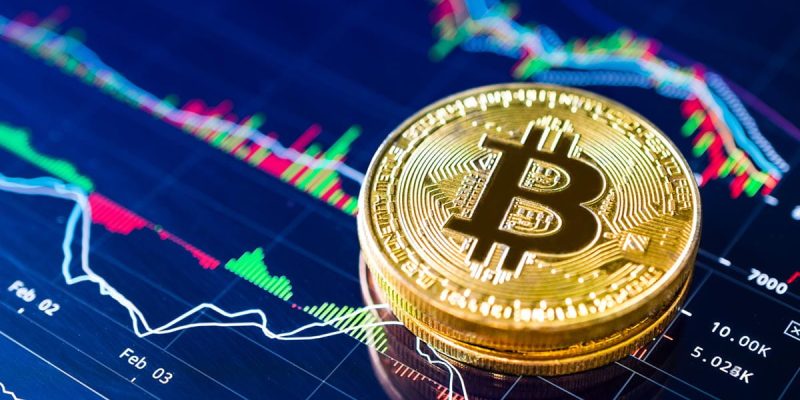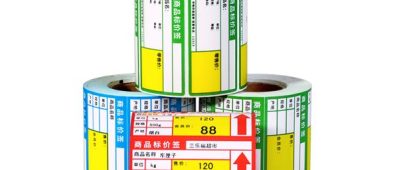YOU SAW THE many cryptocurrency-related Super Bowl ads, and maybe you found them weird, or deeply dystopian, or just disturbingly familiar. Perhaps, however, you believe that the blockchain will yield financial benefits left to reap and would like to join in or have a portion of your cash that is encased in cryptocurrency via businesses like Coinbase and FTX that were promoting during the game.
What’s next? Monitoring the fluctuations as well as downs Bitcoin, Ethereum, and other crypto currencies and actively trading on these fluctuations could be a full-time occupation. Day-trading, basically. The idea of jumping into NFTs, the digital currency that you can buy, mint or sell, is difficult for many..
For many cryptocurrency traders looking for the medium-to-long term, there are alternative ways to make cash from cryptocurrency that’s in the wallet in your wallet Staking as well as yield-farming on the DeFi networks. “DeFi” is just a general term that refers to “decentralized finance”–pretty nearly all tools and services made on blockchains for smart contracts and currencies.
At its most basic terms, staking crypto as well as yield-farming are alike they involve placing money into a cryptocurrency currency (or multiple coins at one time) and recouping fees and interest from transactions made on blockchain.
Staking vs. Yield Farming
It is easy to stake. It is usually about holding the cryptocurrency in a bank account, and then letting it earn fees and interest as the funds are credited in the hands of blockchain validaters. If blockchain validators enable transactions, the costs are paid, in part, to the parties involved.
This kind of hold-for-interest option has grown so popular that even mainstream crypto dealers such as Coinbase provide the option. Promising tokens, like the incredibly secure USDC (pegged against the US dollar) provide around .15 percent interest rate per year (not that different from placing your money into a bank in a checking account that is low-interest) however, other digital currencies can yield 5 or 6 percent annually. Certain services require you to keep funds in some time (meaning that you cannot deposit and withdraw funds at any time) and might require a minimum sum to be able to collect interest.
Yield farming can be a bit more complex, but it’s isn’t that much different from other. Yield farmers invest funds into liquidity pools, usually by combining more than one kind of token at one time. For example, a liquidity pool that is paired with one Raydium token and USDC might result in a token with 54 percent APR (annual per centage rate). It’s a bit high but it’s even more bizarre A few of the newest, more volatile tokens could make up part of yield farm offering several hundred percent of APR as well as 10,000-20,000 in APY ( APY is like APR but includes the compounding).
The reward, which piles to a daily amount, are typically distributed as crypto tokens that are taken. The coins that are harvested can be put back into the liquidity pool, and then added into the yield farms to earn bigger and quicker rewards. Alternatively, they can be used to withdraw them and convert into cash.
If it seems too promising in reality, it’s right. Yield farming is more risky than putting money into. The tokens that offer these high rates of interest and yields on fees are the ones that are most likely to experience a massive decline if the primary token suddenly loses a significant amount of its value. There’s a term to describe this: ” B2B service.” The money you invest in the yield farm could be worth less in the event that you decide to withdraw it on the basis of its market price even if you’ve made an income from charges.
Certain DeFi services also offer leveraged investment which can be even more risky. When you add a 2X or 3X or greater multiplier to an investment in yield agriculture you’re basically borrowing a kind of token to be paired with another and committing to pay the collateral that you expect to be repaid by a higher APR. If you make a mistake you’ll be able to lose the entire investment. could be dissolved with only a small portion of you of the initial amount placed in.



